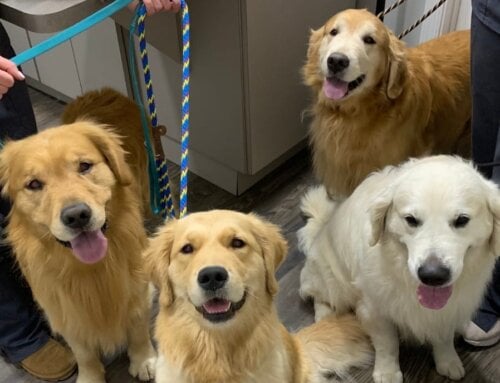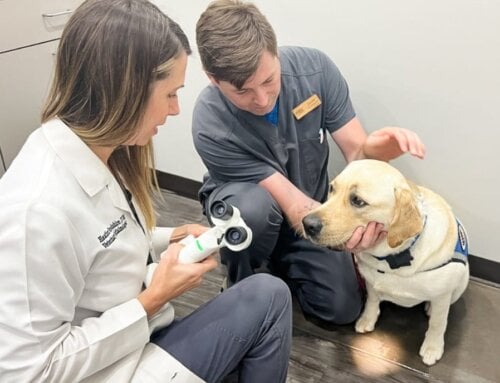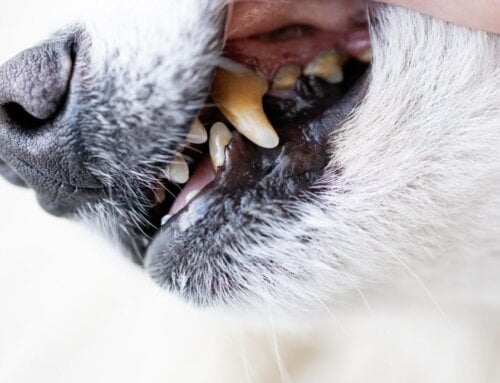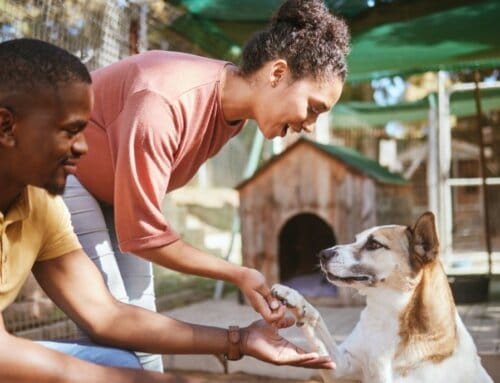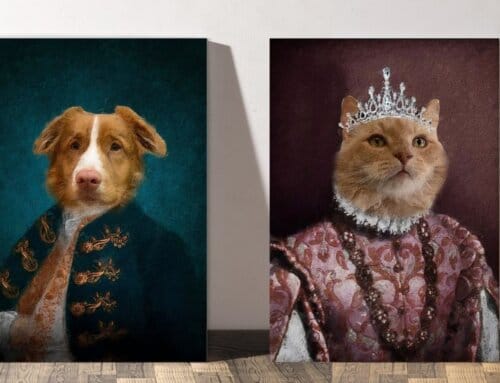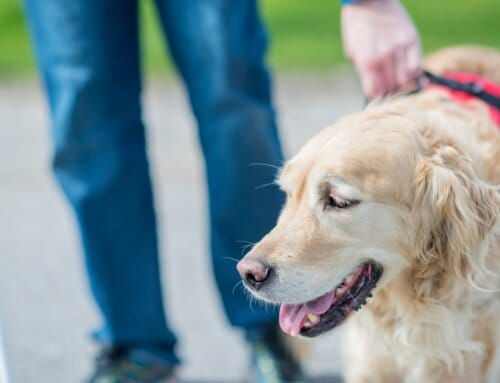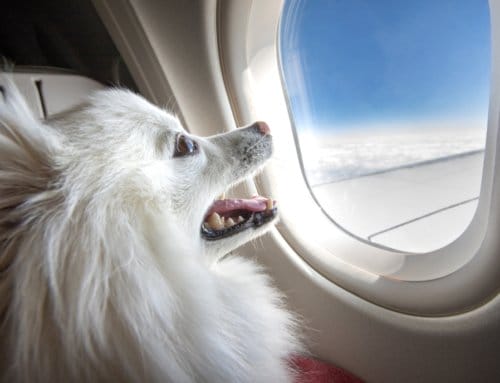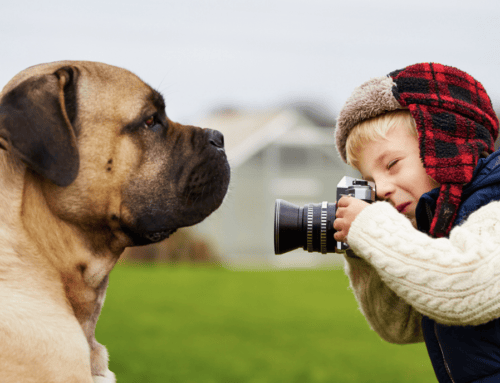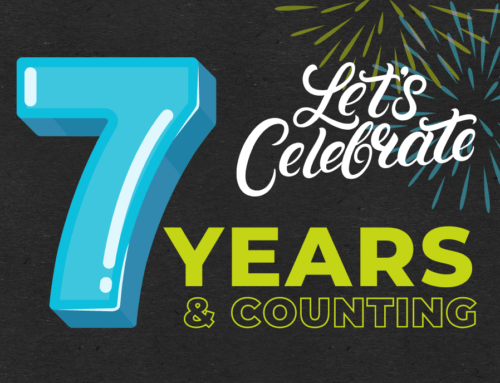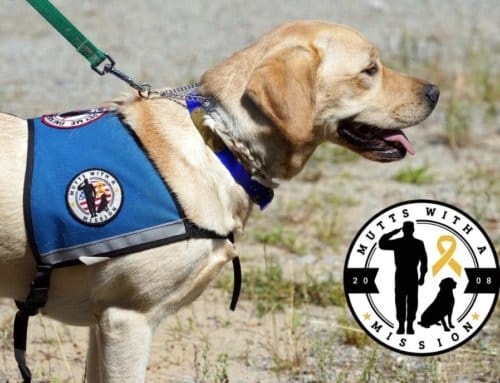We often see clients from out of the area, who travel to see us for their pet’s cataract surgery. We thought it would be helpful to explain what happens before, during and after surgery so you can plan accordingly.
Cataract surgery is very similar to cataract surgery in people. A small incision is made at the top part of the eye, and a circular hole is created within the outer flexible capsule of the lens. Ultrasound energy is used to remove the internal cloudy lens material. The capsule is polished, an artificial lens is implanted, and the incision at the top of the eye is closed with suture.
The surgery schedule unfolds over three days, with a pre-operative evaluation and full assessment with Dr. Heather on day one; pre-operative preparation, surgery and post-operative monitoring on day two; and a post-op exam on day three.
Before you depart for home on the third day, we will show you how to care for your pet, administer medicine; explain the stages and what to look for with your dog’s recovery; and schedule follow-up exams.
The success rate for cataract surgery is quite high, with greater than 90% of cases undergoing a successful procedure and having improved vision following surgery. If your pet is showing signs of eye redness, swelling, discharge, cloudiness, squinting or bumping in to objects around your home, please contact us for an evaluation as a first step. If they are diagnosed with cataracts, we can determine if they are a surgical candidate and discuss these steps in detail.
If you plan to travel from out of the area for your pet’s surgery, please check this page for additional information, along with a list of participating hotels that will offer a special rate for AVCVA patients.


